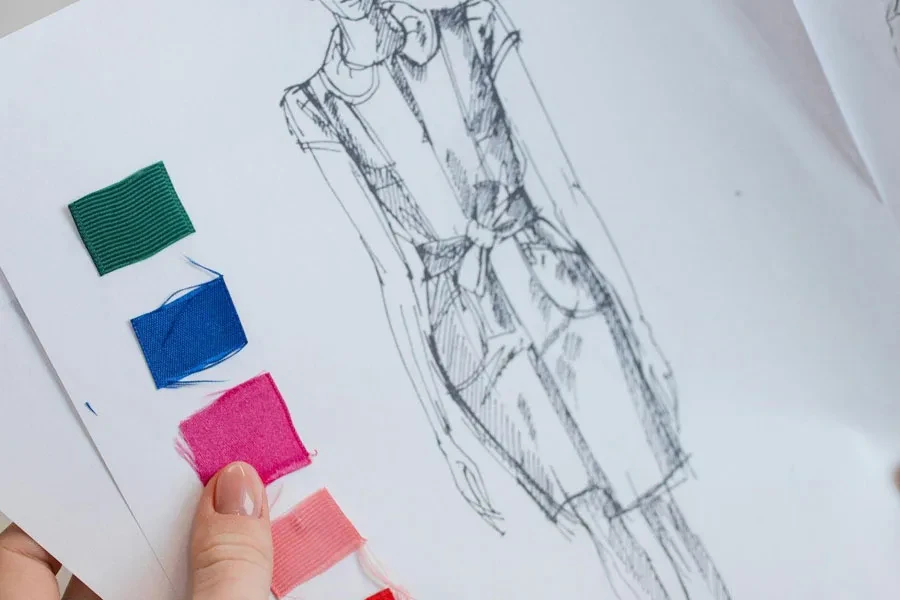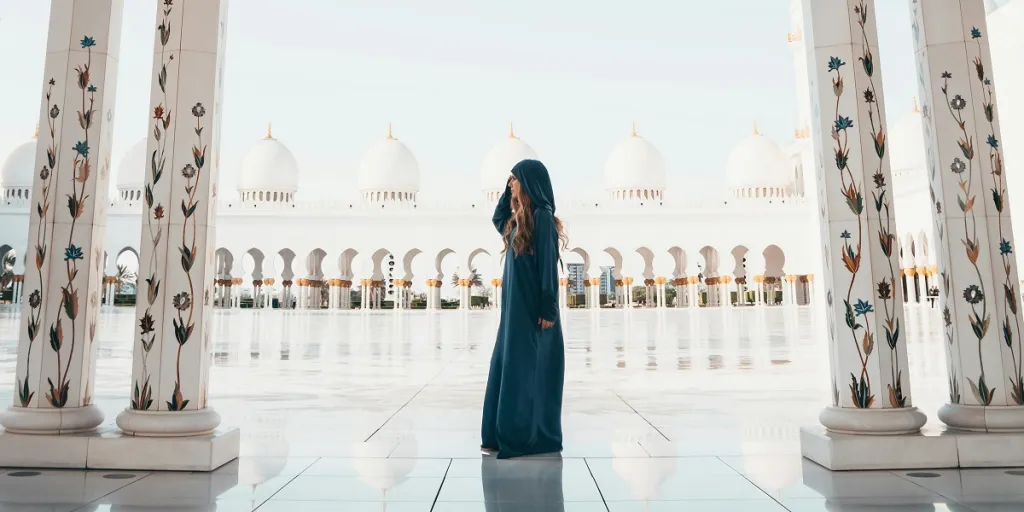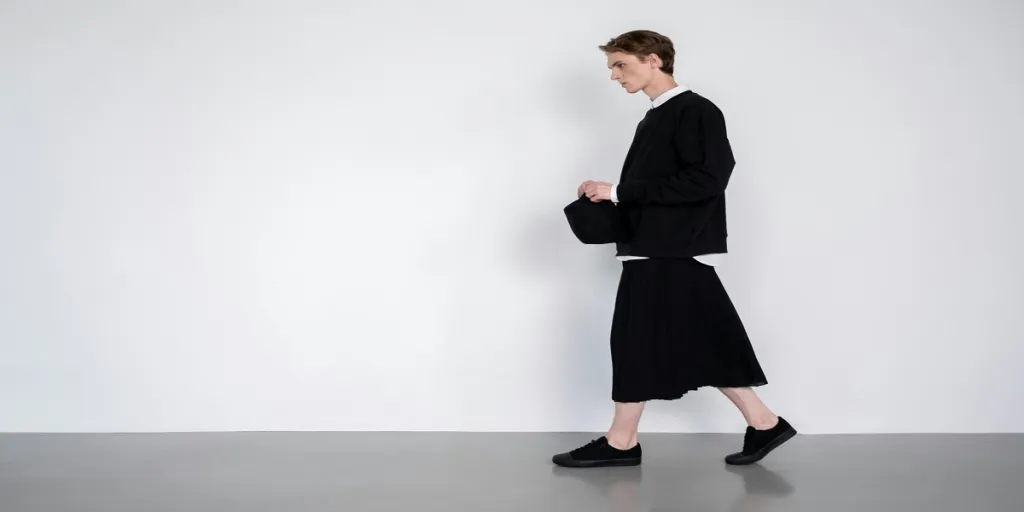As artificial intelligence weaves its way into the fabric of the fashion industry, designers and brands are harnessing the power of generative AI to revolutionize the creative process. From streamlining trend forecasting and design workflows to enabling immersive storytelling experiences, these cutting-edge tools are transforming how we perceive, create, and engage with fashion. In this article, we’ll explore five game-changing GenAI solutions that are pushing the boundaries of innovation, sustainability, and profitability. Whether you’re an established label or an emerging designer, these are the tools you’ll want to watch as you navigate the future of fashion in the digital age.
Table of Contents
1. Streamlining design-to-manufacturing with kolai
2. Collaborative design experimentation with the new black
3. Enriching creative workflows with fermat
4. Sketches to 3d mock-ups with newarc.ai
5. Immersive storytelling with runway
Streamlining design-to-manufacturing with kolai

KolAI, a trailblazing GenAI startup, is bridging the gap between fashion designers and manufacturers with its intelligent denim laser design tool. By swiftly generating multi-layered designs from reference images, KolAI introduces unprecedented efficiency to the design process. What traditionally took experienced laser designers up to 16 hours can now be accomplished in mere seconds, thanks to this groundbreaking technology.
The tool’s ability to distinguish between different textures and effects, creating separate layers for each element, is particularly impressive. This feature allows designers to produce intricate, natural-looking designs without the lengthy process usually associated with laser detailing on garments. KolAI’s secure design storage and compatibility with any laser machine on the market further empowers brands to streamline their operations and boost sustainability.
By simplifying the interaction between designers and manufacturers, KolAI is paving the way for a more agile and efficient fashion industry. As brands seek to optimize their supply chains and reduce their environmental impact, tools like KolAI will become increasingly essential. Its capacity to store designs securely, ensuring that each creation remains proprietary and unique, adds an extra layer of value for fashion labels looking to stand out in a competitive market.
In an era where speed, sustainability, and innovation are paramount, KolAI is setting a new standard for fashion design and production. As the industry continues to evolve, expect to see more brands embracing this transformative technology to stay ahead of the curve.
Collaborative design experimentation with the new black

The New Black, a Parisian GenAI tool, is revolutionizing the way fashion designers collaborate and experiment with their creations. This innovative platform supports the entire design journey, from initial sketches to advanced modifications, enabling designers to craft truly unique and captivating products.
One of the key features of The New Black is its generative AI, which assists designers in concept development, image enhancement, silhouette experimentation, and design simulations in various environments. By replicating the behavior of different fabrics and allowing for creative exploration without the limitations of traditional methods, this tool empowers designers to push the boundaries of their imagination.
The New Black’s focus on collaboration and engagement is particularly noteworthy. The platform’s user-friendly interface encourages designers to work together, sharing ideas and inspiration as they refine their designs. This collaborative approach not only streamlines the design process but also fosters a sense of community and innovation within the fashion industry.
As brands continue to seek ways to differentiate themselves in a crowded market, tools like The New Black will become increasingly valuable. By enabling designers to experiment with novel concepts and create products that truly stand out, this platform is helping to shape the future of fashion design. With its cutting-edge technology and emphasis on collaboration, The New Black is a tool that industry professionals will want to keep a close eye on.
Enriching creative workflows with fermat

Fermat, a Barcelona-based startup and part of Batou XYZ, is making waves in the fashion industry by seamlessly integrating cutting-edge AI into the creative workflow. This innovative platform serves as a catalyst for designers, enriching and accelerating the creative process from concept to creation.
What sets Fermat apart is its user-friendly interface, which allows designers to gather inspiration, define concepts, and quickly translate ideas into tangible prototypes. By learning each designer’s unique style and preferences, the platform streamlines the development process and enhances communication between team members, making it an invaluable tool for brands seeking to foster innovation and collaboration.
Fermat’s ability to bridge the gap between traditional design methods and advanced AI technology is particularly impressive. The platform provides a dynamic environment where designers can experiment with ideas, refine their creations, and bring their visions to life more efficiently than ever before. This fusion of creativity and technology is transforming the way fashion brands approach design, enabling them to stay ahead of the curve in an increasingly competitive industry.
As more brands recognize the potential of AI to revolutionize their creative workflows, tools like Fermat will become essential components of their design strategies. By harnessing the power of this cutting-edge platform, fashion labels can accelerate their innovation efforts, streamline their processes, and ultimately create products that captivate and inspire their target audience.
Sketches to 3d mock-ups with newarc.ai

NewArc.ai, a London-based startup, is transforming the way designers bring their ideas to life by seamlessly converting sketches and color concepts into stunning 3D design mock-ups. With its advanced AI model trained on thousands of designs across various industries, including fashion, footwear, architecture, and interiors, NewArc.ai preserves the essence of the designer’s creativity while offering intelligent suggestions for improvement.
One of the most impressive aspects of NewArc.ai is its accessibility. The platform’s intuitive interface enables users of all skill levels to validate, modify, and visualize their ideas in remarkably detailed 3D renderings. This democratization of the design process opens up new possibilities for collaboration and innovation, as designers can quickly and easily share their concepts with clients, colleagues, and stakeholders.
By streamlining the transition from 2D sketches to 3D mock-ups, NewArc.ai significantly reduces the time and resources required to create high-quality visualizations. This efficiency allows designers to iterate more rapidly, exploring a wider range of ideas and refining their concepts with unprecedented speed and precision. The platform’s ability to generate multiple variations based on a single sketch further enhances the creative process, encouraging experimentation and discovery.
As the fashion industry continues to embrace digital transformation, tools like NewArc.ai will play an increasingly crucial role in shaping the future of design. By empowering designers to bring their visions to life more effectively than ever before, this groundbreaking platform is poised to revolutionize the way fashion brands approach product development and storytelling.
Immersive storytelling with runway

Runway, a startup recognized as one of TIME’s Top 10 most influential companies, is revolutionizing the way fashion brands approach design storytelling by seamlessly integrating AI with cutting-edge multimedia creation tools. The platform’s intuitive text-to-image/video, image-to-image/video, and video-to-video interfaces empower designers to craft captivating narratives, visualize design fluidity, and explore the dynamic interplay between their creations and various environments.
What sets Runway apart is its commitment to diversity and inclusivity. By leveraging bias-mitigating datasets, the platform ensures that the AI-generated content represents a wide range of ethnicities, body types, and styles. This emphasis on ethical AI use not only promotes more inclusive storytelling but also sets a new standard for the fashion industry as a whole.
Runway’s ability to bring static designs to life through immersive multimedia experiences is particularly noteworthy. By enabling designers to showcase their creations in motion, within realistic contexts, and from multiple perspectives, the platform opens up new avenues for engaging with customers and stakeholders. This dynamic approach to storytelling allows fashion brands to convey the essence of their designs more effectively, fostering deeper emotional connections with their audience.
As the fashion industry continues to evolve, tools like Runway will become increasingly essential for brands looking to stand out in a crowded market. By harnessing the power of AI and immersive storytelling, designers can push the boundaries of creativity, craft compelling narratives, and ultimately, create unforgettable experiences that resonate with fashion enthusiasts around the world.
Conclusion
As these five game-changing GenAI tools demonstrate, artificial intelligence is not replacing human creativity but rather augmenting and accelerating it in exciting new ways. By strategically adopting these solutions, fashion brands can optimize their supply chains, foster innovation, and deliver immersive customer experiences while amplifying their unique creative voice. As the industry continues to evolve, designers and brands that embrace these cutting-edge tools will be well-positioned to navigate the future of fashion in the digital age. The time has come to harness the power of AI and unlock new frontiers of creativity, sustainability, and profitability in the fashion world.




